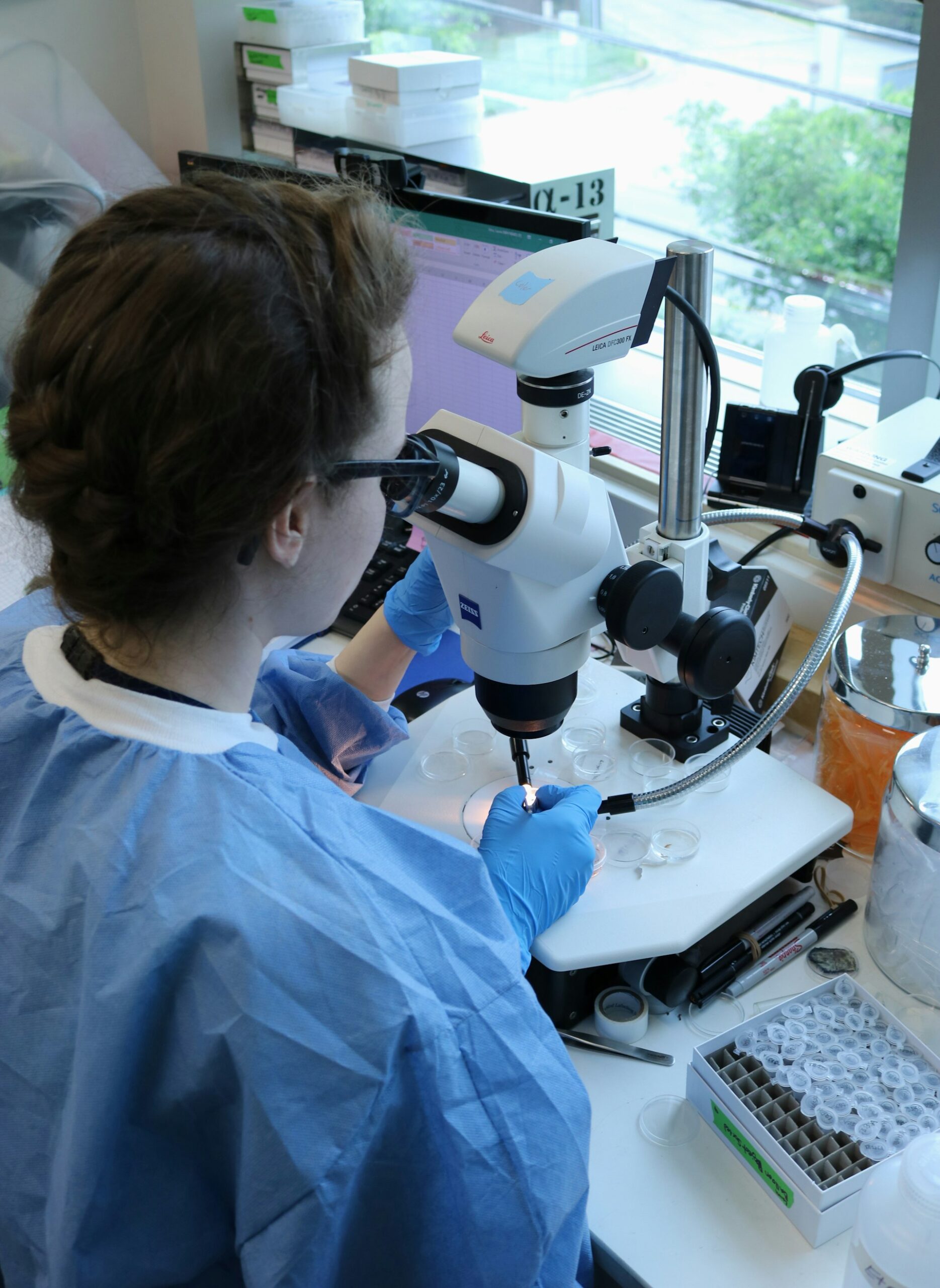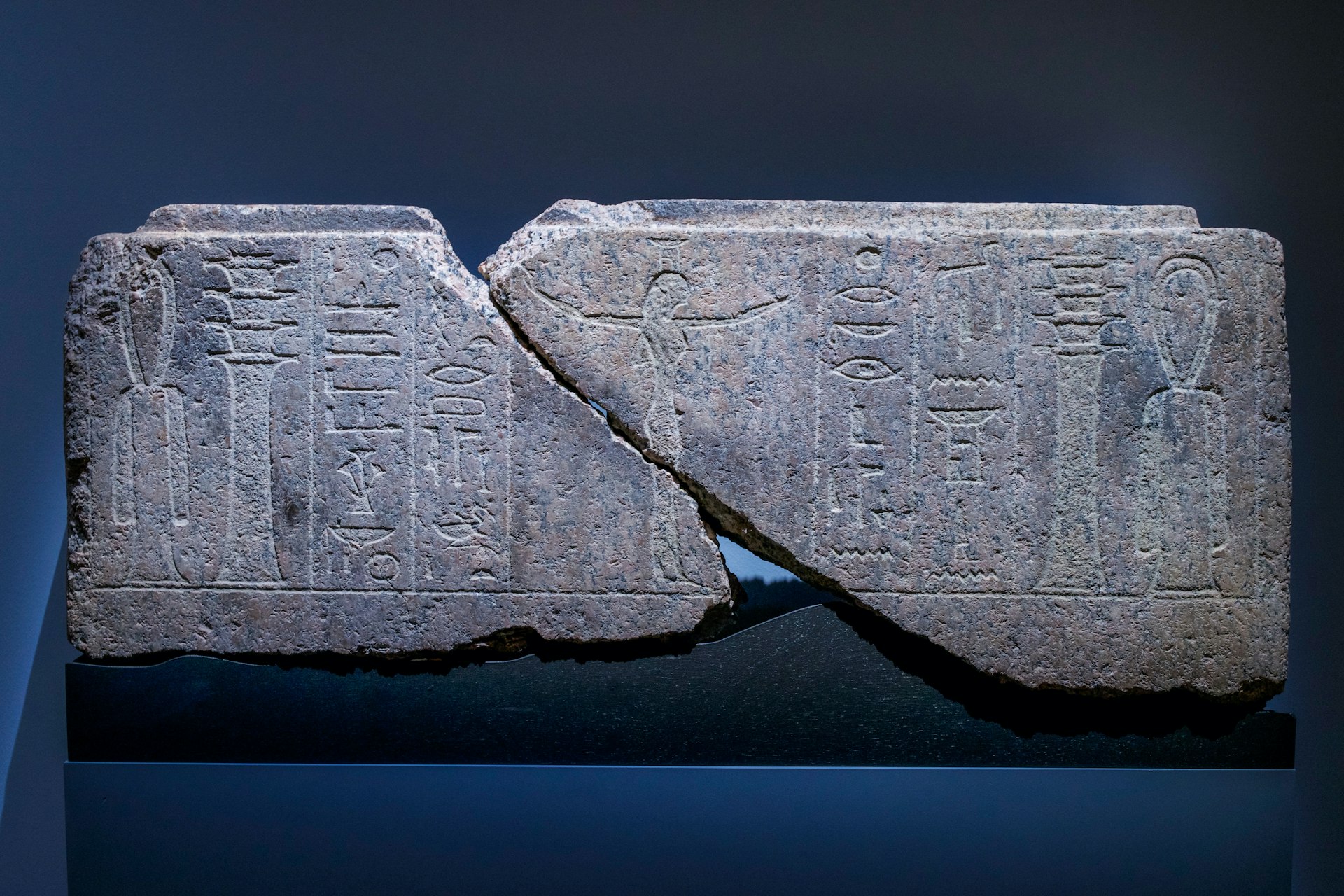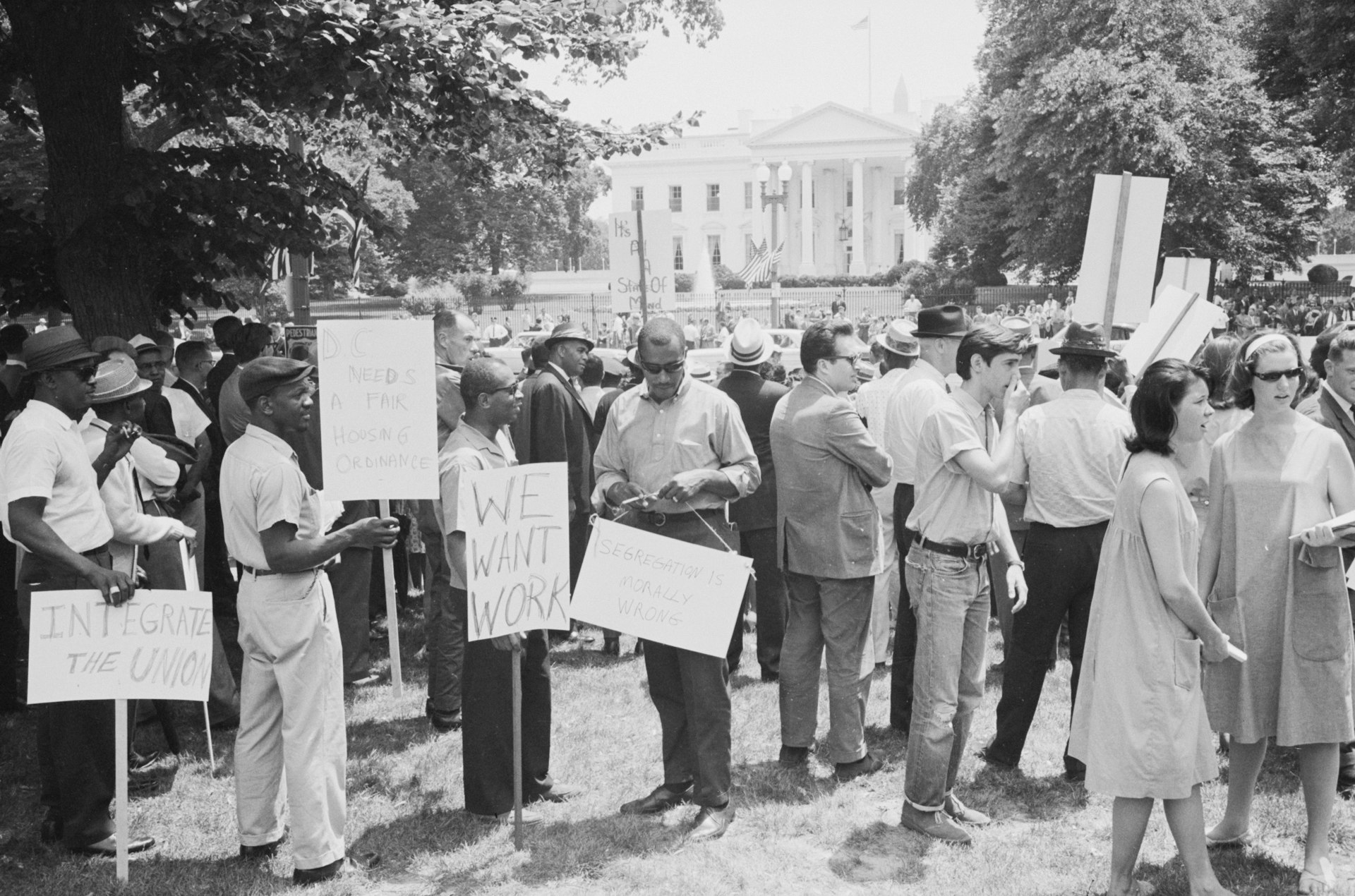Transform Your Shopping Experience: The Rise of Virtual Fashion Try-On Technologies

Photo by ERNEST TARASOV on Unsplash
Introduction
The landscape of online shopping is undergoing a rapid transformation thanks to the emergence of virtual fashion try-on technologies . These innovative solutions are designed to bridge the gap between the physical and digital shopping experience, enabling consumers to preview how clothing, accessories, and makeup will appear on their own bodies before making a purchase. This article explores how these technologies work, their benefits, real-world examples, practical steps for access, and what challenges and alternatives you should consider.
How Virtual Fashion Try-On Technologies Work
Virtual try-on (VTO) technologies leverage a combination of artificial intelligence (AI) , augmented reality (AR) , and computer vision to create realistic simulations of apparel and cosmetics on user images or live video feeds. The process typically involves several steps:
- Image Capture: Users upload a full-body photo or use their device’s camera to provide a live image.
- Body Detection and Segmentation: Advanced AI models analyze the image, identifying key points on the body, such as joints and contours, to create a digital avatar that matches the user’s proportions and posture [4] .
- Garment Digitization: Each clothing item is digitized into a high-resolution image or 3D model, including metadata about fit, stretch, seams, and drape.
- Virtual Draping and Alignment: The digitized garment is superimposed onto the user’s image or avatar, adapting dynamically to pose, movement, and lighting conditions for a natural, realistic look [1] .
- Real-Time Rendering: Neural rendering algorithms blend the clothing seamlessly into the user’s image, correcting for color, lighting, and shadows.
- User Output: Users can preview the look, save images, or share them with others. Some systems allow outfit rotation, wardrobe planning, and integration with online shopping carts [4] .
Unlike earlier approaches that relied on generic avatars or limited model photography, the latest AI-driven systems can create highly personalized, realistic previews with just a single photo, making the technology scalable for billions of products [1] .
Key Benefits for Shoppers and Retailers
Virtual try-on technologies offer tangible advantages for both end consumers and brands:
- Informed Decision-Making: Shoppers gain the ability to visualize apparel, shoes, or makeup on themselves, increasing confidence in purchase decisions and reducing the likelihood of returns [2] .
- Personalized Experience: AI-driven solutions adapt garments to individual body types, skin tones, and styles, offering a tailored shopping experience that was previously only possible in-store.
- Lower Costs for Retailers: Brands can create digital product catalogs with virtual models, reducing the need for expensive photo shoots and physical samples-potentially lowering content costs by up to 80% [4] .
- Enhanced Engagement: Interactive features, such as sharing try-on images and rotating outfits, keep shoppers engaged and more likely to complete purchases.
Real-World Applications and Case Studies
Several major tech companies and fashion brands have already rolled out virtual try-on features:
Google’s Virtual Try-On: In 2025, Google launched an AI-powered feature that allows users to upload a full-length photo and virtually try on clothing items from the Shopping Graph. This function is available directly through Google Search, Google Shopping, and Google Images. Users simply select a product, tap the ‘try it on’ icon, and upload their photo to see a realistic preview [2] . Google also enables virtual try-ons for cosmetics and hair through AR overlays, in partnership with companies like Perfect Corp and PulpoAR [1] .
Luxury Fashion Brands: The luxury sector has embraced virtual try-on to showcase shoes, handbags, watches, and apparel. These features not only allow customers to visualize products but also offer interactive experiences, such as mixing and matching outfits or previewing accessories [3] .
AI-Driven Platforms: Services like FASHN allow brands to create realistic images of clothes worn by digital models and integrate virtual try-on APIs into their own apps or websites. This approach democratizes access to advanced try-on features for smaller retailers as well [5] .
How to Access Virtual Try-On Technologies
Accessing virtual try-on features is becoming increasingly straightforward. Here’s how you can start:
- Google Shopping: In the United States, you can use Google’s virtual try-on feature by searching for fashion items on Google Search or Google Shopping. When you find a compatible product, tap the ‘try it on’ button and follow prompts to upload your photo. The feature is integrated directly into product listings, so no additional app is needed [2] .
- Brand Websites: Many major fashion brands and luxury retailers now offer their own virtual try-on tools. Visit the official websites of your favorite brands and look for features like ‘virtual try-on,’ ‘see it on me,’ or ‘try before you buy.’ These are typically found on product pages for apparel, shoes, or accessories [3] .
- Third-Party Apps and Platforms: Tools such as FASHN provide virtual try-on technology to both consumers and businesses. For developers or retailers, integration instructions are available directly from the service provider. For shoppers, look for apps in major app stores that mention AR try-on or virtual fitting rooms [5] .
- Cosmetics and Hair: For beauty products, AR try-on features are available via partnerships with companies like Perfect Corp and PulpoAR. To try these, look for ‘live preview’ or ‘virtual try-on’ options on beauty retailer websites or in their mobile apps [1] .
If you are unsure if your favorite retailer offers a virtual try-on feature, search their website or contact their customer service team for guidance. You can also search for terms like “virtual try-on [brand name]” or “virtual fitting room [brand name]” in your preferred search engine.
Implementation Guidance for Retailers and Developers
For businesses aiming to implement virtual try-on solutions, the process typically involves:
- Identifying a reputable technology provider with proven solutions (e.g., Google, FASHN, Perfect Corp).
- Digitizing product images or creating 3D models of your inventory.
- Integrating the provider’s API or SDK into your e-commerce platform. Detailed instructions are usually available on the provider’s official website [5] .
- Testing the integration for various devices and user scenarios to ensure a seamless experience.
- Promoting the feature to your customers through banners, tutorials, and social media to maximize adoption.
If you are not a developer or do not have technical resources, consider partnering with a third-party agency specializing in AR/AI integrations for fashion retail.
Challenges and Potential Solutions
While virtual try-on is advancing rapidly, several challenges remain:
- Accuracy: Achieving perfect fit simulation can be difficult, especially for complex garments or unique body shapes. Some technologies use extensive AI training for more lifelike results, but limitations remain.
- Device Compatibility: Not all features are available on every device or browser. Ensure you are using an updated smartphone or computer for the best experience.
- Privacy Concerns: Uploading personal images raises valid privacy questions. Look for tools with strong data protection policies and consider using anonymized avatars when possible.
- Limited Product Selection: Not every retailer or brand offers virtual try-on, and inventory coverage may vary. You may need to try multiple platforms or check back as new products are added.
For businesses, investing in high-quality product digitization and ongoing AI/AR updates will help address many of these challenges over time.
Alternative Approaches and Future Trends
If virtual try-on is not available for your preferred brands, consider the following alternatives:
- Look for detailed product photos, size guides, and customer review images on retailer websites.
- Use augmented reality features in major social media apps, which sometimes offer limited fashion or beauty try-on experiences.
- Contact retailers to inquire about future plans for virtual try-on technology, as adoption is increasing rapidly.
Looking ahead, expect more brands to incorporate AI-driven personalization, expanded AR features, and integration with digital wardrobes and shopping assistants. As the technology matures, expect improved fit accuracy, broader product coverage, and seamless omnichannel experiences.
Conclusion
Virtual fashion try-on technologies are dramatically changing how consumers interact with fashion online. By empowering users to visualize products on themselves, these tools enable smarter buying decisions, enhance engagement, and reduce returns. Whether you are a shopper or a retailer, understanding how to access and implement these solutions can unlock new levels of convenience and satisfaction in the digital fashion world.

Photo by cal gao on Unsplash
References
- [1] SEO Sherpa (2025). Google Virtual Try-On: How It Works & What You Can Try.
- [2] TechCrunch (2025). Google’s new AI feature lets you virtually try on clothes.
- [3] WANNA Fashion (2019). Virtual Try-On Technology for the Luxury Industry.
- [4] ShuruTech (2025). How Virtual Try-On is Boosting the User Experience for Retail.
- [5] FASHN (2025). Create realistic images of your clothes, worn by anyone.



